Massimiliano Di Ventra9780521896344, 0521896347
Table of contents :
Cover……Page 1
Half-title……Page 3
Title……Page 5
Copyright……Page 6
Contents……Page 9
Preface……Page 15
1.1 Nanoscale systems……Page 19
How do we generate electrical currents?……Page 21
Polarization and magnetization……Page 23
Fluctuations and reservoirs……Page 24
1.2.1 Finite versus infinite systems……Page 26
1.2.2 Electron sources……Page 27
1.2.3 Intrinsic nature of the transport problem……Page 28
1.3 Measuring currents……Page 29
1.3.1 Microscopic states……Page 30
1.3.2 The current operator……Page 31
1.3.3 The measurement process……Page 34
1.3.4 Complete measurement and pure states……Page 35
An example……Page 36
1.4 The statistical operator and macro-states……Page 37
1.4.1 Pure and mixed states……Page 39
1.4.2 Quantum correlations……Page 40
1.4.3 Time evolution of the statistical operator……Page 41
1.4.4 Random or partially specified Hamiltonians……Page 42
1.4.5 Open quantum systems……Page 43
1.4.6 Equilibrium statistical operators……Page 47
1.5 Current measurement and statistical operator truncation……Page 50
1.6 One current, different viewpoints……Page 52
Exercises……Page 54
2.1 Drude model……Page 57
2.2 Resistance, coherent and incoherent transport……Page 60
2.2.1 Relaxation vs. dephasing……Page 62
2.2.2 Mean-free path……Page 66
2.2.3 The meaning of momentum relaxation time……Page 67
2.3 Kubo formalism……Page 68
2.3.1 The current-current response function……Page 73
The frequency-dependent conductivity……Page 74
2.3.2 The use of Density-Functional Theory in the Kubo approach……Page 75
2.3.3 The fluctuation-dissipation theorem……Page 78
Response to a uniform and static electric field……Page 79
2.3.3.1 Static conductivity of an ideal gas……Page 81
The interacting case……Page 83
2.3.4 Ohmic vs. ballistic regimes……Page 84
2.4 Chemical, electrochemical and electrostatic potentials……Page 86
2.5 Drift-diffusion equations……Page 90
2.5.1 Diffusion coeffcient of an ideal electron gas in the non-degenerate limit……Page 91
2.5.2 Generalization to spin-dependent transport……Page 93
2.6 Distribution functions……Page 95
2.7 Boltzmann equation……Page 97
2.7.1 Approach to local equilibrium……Page 100
2.8 Entropy, loss of information, and macroscopic irreversibility……Page 101
2.8.1 The classical statistical entropy……Page 103
Micro-canonical entropy……Page 104
Entropy as loss of information……Page 105
2.8.3 Information content of the N- and one-particle statistical operators……Page 107
2.8.4 Entropy of open quantum systems……Page 108
2.8.5 Loss of information in the Kubo formalism……Page 109
2.8.6 Loss of information with stochastic Hamiltonians……Page 110
2.8.7 Entropy associated with the measurement of currents……Page 111
Summary and open questions……Page 112
Exercises……Page 113
3 Landauer approach……Page 119
3.1 Formulation of the problem……Page 120
Loss of information in the Landauer approach……Page 125
3.2 Local resistivity dipoles and the “field response”……Page 131
3.3.1 Scattering boundary conditions……Page 133
3.3.2 Transmission and reflection probabilities……Page 137
3.3.3 Total current……Page 141
Probes……Page 146
Two-probe conductance……Page 147
Experimental verification of quantized conductance……Page 149
3.4.1 Time-dependent Lippmann-Schwinger equation……Page 150
3.4.1.1 Green’s functions……Page 151
Relation between G ± and G ±0……Page 153
3.4.1.2 Dyson’s equation and self-energy……Page 154
Incoming and outgoing states……Page 156
3.4.2 Time-independent Lippmann-Schwinger equation……Page 158
Density of states operator……Page 161
3.5 Green’s functions and self-energy……Page 163
Energy “renormalization” and state “lifetime”……Page 169
Discrete (or tight-binding) space representation……Page 170
3.5.1 Relation to scattering theory……Page 172
Transmission and reflection amplitudes……Page 175
3.6 The S matrix……Page 177
3.6.1 Relation between the total Green’s function and the S matrix……Page 180
3.7 The transfer matrix……Page 185
3.7.1.1 Resonant tunneling……Page 187
3.7.2 Incoherent scattering of two resistors in series……Page 189
3.7.3 Relation between the conductance and the transfer matrix……Page 191
3.7.4 Localization, ohmic and ballistic regimes……Page 192
3.8 Four-probe conductance in the non-invasive limit……Page 196
3.8.1 Single-channel case……Page 197
3.8.2 Geometrical “dilution”……Page 199
3.8.3 Multi-channel case……Page 200
3.9 Multi-probe conductance in the invasive limit……Page 203
3.9.1 Floating probes and dephasing……Page 205
Effect of dephasing on the current……Page 207
3.10 Generalization to spin-dependent transport……Page 208
3.10.1 Spin-dependent transmission functions……Page 212
3.10.2 Multi-probe conductance in the presence of a magnetic field……Page 213
3.10.3 Local resistivity spin dipoles and dynamical effects……Page 214
3.11 The use of Density-Functional Theory in the Landauer approach……Page 216
Non-variational properties of the current……Page 217
Fundamental limitations of ground-state DFT in transport……Page 219
Summary and open questions……Page 220
Exercises……Page 221
4 Non-equilibrium Green’s function formalism……Page 227
4.1 Formulation of the problem……Page 229
4.1.1 Contour ordering……Page 233
4.2 Equilibrium Green’s functions……Page 235
4.2.1 Time-ordered Green’s functions……Page 236
4.2.1.1 Equation of motion for the equilibrium Green’s function……Page 238
4.2.2 Dyson’s equation for interacting particles……Page 239
The single-particle non-interacting case……Page 240
4.2.3 More Green’s functions……Page 241
Density and current density from G
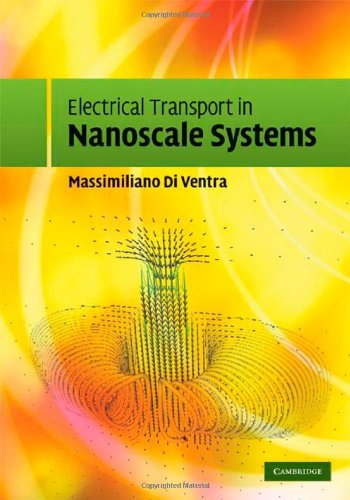
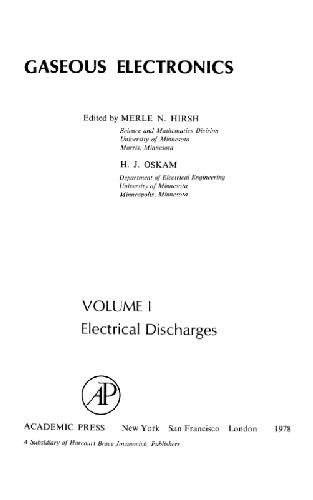
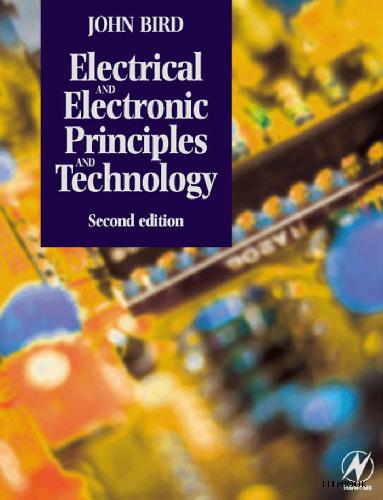
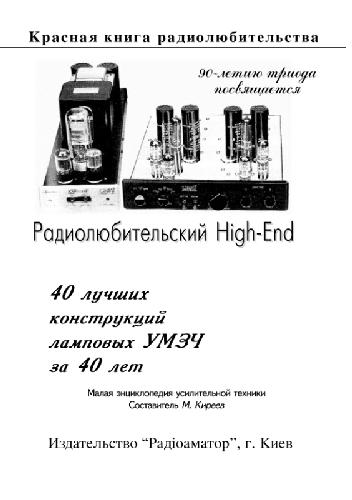
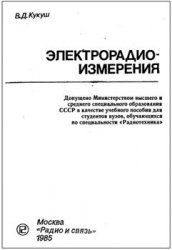
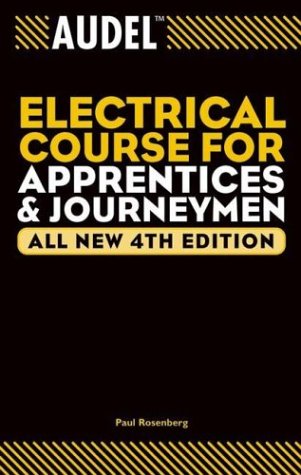

Reviews
There are no reviews yet.